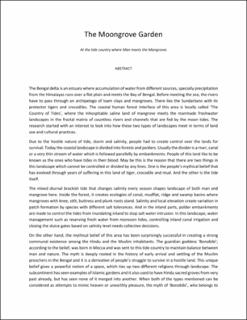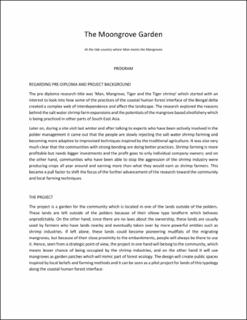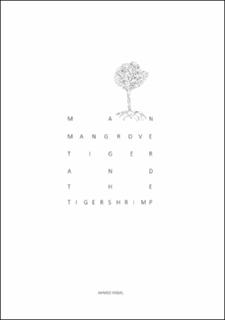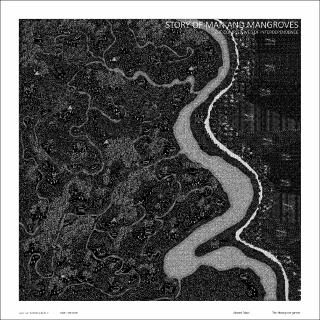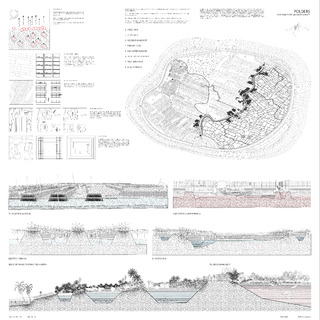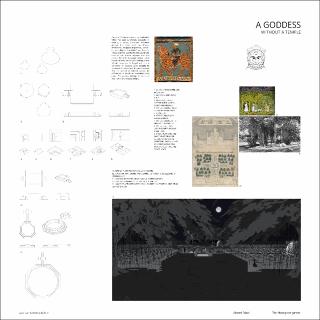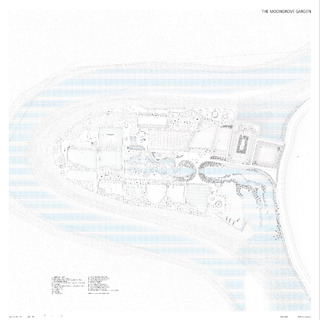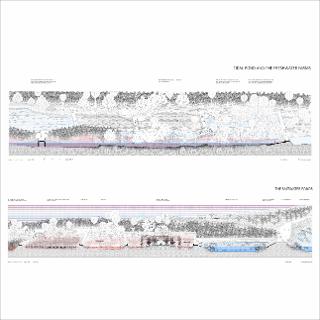The Moongrove Garden: At the tide country where man meets the mangroves
| dc.contributor.advisor | Callejas, Luis | |
| dc.contributor.author | Faisal, Ahmed | |
| dc.coverage.spatial | Bengal delta | en_US |
| dc.date.accessioned | 2020-11-03T07:38:09Z | |
| dc.date.available | 2020-11-03T07:38:09Z | |
| dc.date.issued | 2020-06 | |
| dc.identifier.uri | https://hdl.handle.net/11250/2686130 | |
| dc.description | The coastal human forest interface of the Bengal delta is locally called ‘The Country of Tides’, where an inhospitable saline land of mangrove meets manmade freshwater landscapes in the fractal matrix of countless rivers and channels that are fed by brackish moon tides. To ensure a flood and saline free inland, people had to create control over this landscape and as a result, the interface is divided into polders and forests today. But in this archipelago of loam clay, which is a hotspot for a range of ecological, geomorphic, and cultural diversities, is the answer to the question of how ‘Man Should Meet the Mangroves’, that simple? | en_US |
| dc.language.iso | eng | en_US |
| dc.publisher | Arkitektur- og designhøgskolen i Oslo | en_US |
| dc.subject | Urbanism | en_US |
| dc.subject | Urbanisme | en_US |
| dc.subject | Elver | en_US |
| dc.subject | Rivers | en_US |
| dc.subject | Delta | en_US |
| dc.subject | Ocean | en_US |
| dc.subject | Hav | en_US |
| dc.subject | Skog | en_US |
| dc.subject | Forest | en_US |
| dc.subject | Tidevann | en_US |
| dc.title | The Moongrove Garden: At the tide country where man meets the mangroves | en_US |
| dc.type | Master thesis | en_US |
| dc.description.version | submittedVersion | en_US |
| dc.rights.holder | A. Faisal | en_US |
| dc.subject.nsi | VDP::Humanities: 000::Architecture and design: 140 | en_US |
